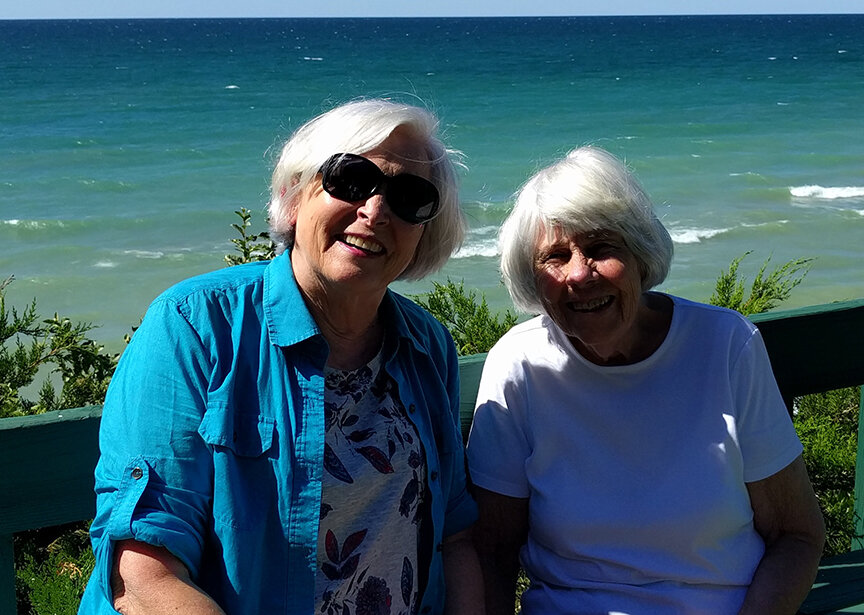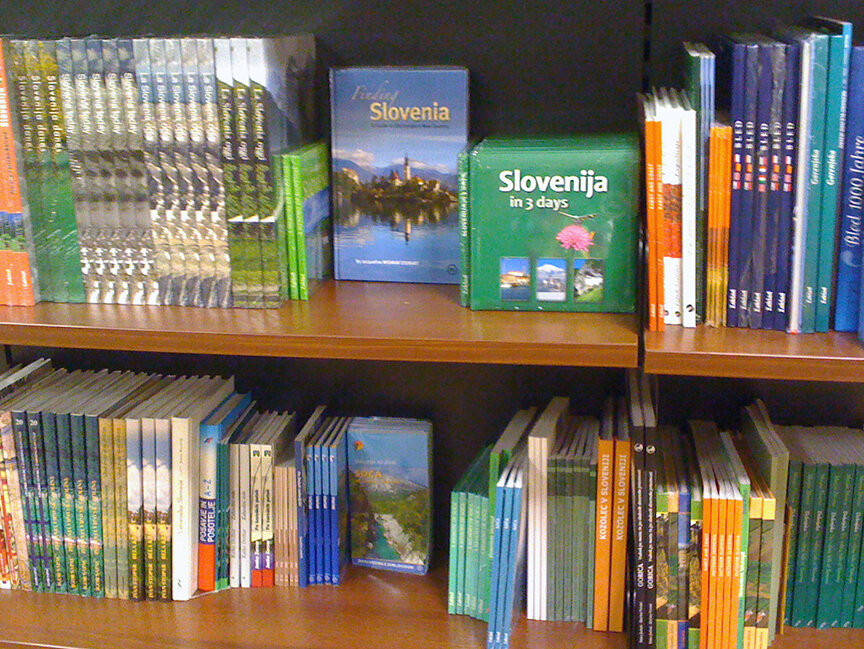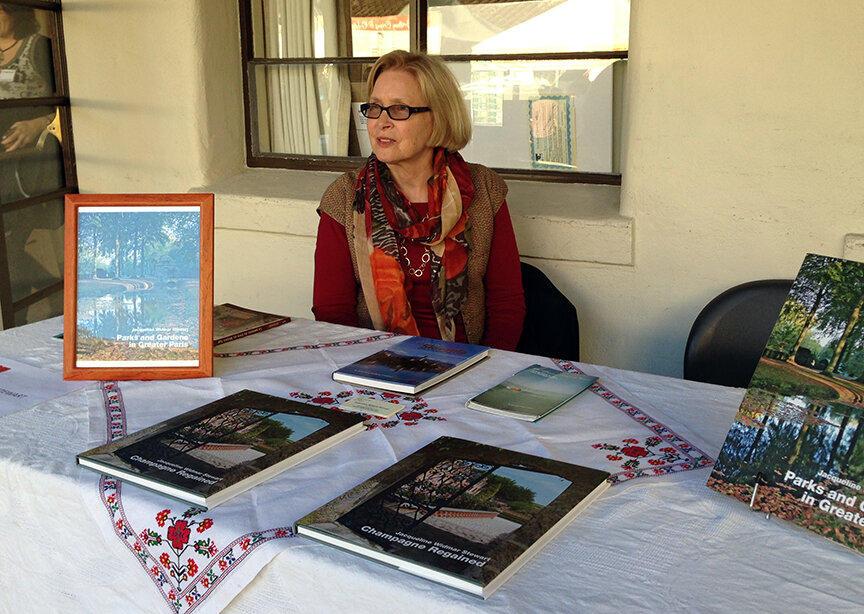the quest

A quest
Two-Decades Strong
“At the millennium we began an odyssey worthy of a Greek poet’s telling.”
Stanford University Bookstore
It began as an attempt to understand how favorite places came to be but has morphed into a quest for basic truths. Our inquiries sketch a familiar world that, book by book more clearly emerges.
The first step brought us back to childhood dune-lands at Lake Michigan’s southern tip, just a nap’s ride from Chicago. The parks along that curved coastline protect rare geology and ageless beauty. I remain indebted to cousin-geologist John Weber for enlightening us as to why the sands there are silky soft and the light so enchanting.
The first book
We launched Lexicus Press to publish Glaciers’ Treasure Trove in 2003, delivered talks from St. Joseph, Michigan, to Gurnee, Illinois, and held signings from Ann Arbor, Michigan to Valparaiso, Indiana. All around Chicago we gathered friends and family for presentations. In my hometown we met up at the old train station, now a museum that my dear first-grade teacher Carol Ruzic saved from oblivion.
The second book
Book number two – Finding Slovenia - took us back to the homeland of my immigrant grandparents. My attempts to interest a Slovenian publisher ran into one blank wall after another until my cousin Irene Povše picked up the phone. Her call to the country’s leading publisher landed me in a meeting with Mladinska knjiga editor, Senja Požar.

Jacqui & Carol Ruzic

John Weber

Irene Povše
Senja Požar
In a great leap of faith, Senja took me on. Her company - that translated books from all over the world into Slovenian – eventually agreed to publish their first original book in English. Thankfully the book is now in its 6th printing and preparing for its 2nd edition.
in the final stages of the Finding Slovenia book, we marathon-edited copy back and forth. Only later at the press conference did I meet the charming Englishman who was also in that loop – hence the occasional labour and favourite.
Ljubljana launch
The first bilingual promotion that took place in Mk’s press room was followed by others in Ljubljana, as well as a champagne reception at the Bled Castle and a talk at the Triglav National Park headquarters in Bled, all in the fall of 2009.

With Ambassador Roman Kirn

Lake Bled

1st copy to President Danilo Turk
Bled castle reception by Eva Straus
Our trip to London in early 2010 to receive an international award for Finding Slovenia started the search for the next publisher. Although we did not realize it at the time, we found our next match at the Frankfurt Book Fair the following fall.
London Book Festival
My love of books and scholarship had compelled me to write. Early on, to familiarize myself with publishing, I joined groups both in San Francisco and Chicago. What I learned from them - and what had led us to set up our own press - was that to publish with most American publishers, an author must write for the audience of the publisher.
Frankfurt Book Fair
I was told that Europe still adhered to the old norms of the author’s unbridled voice. That is why I looked for publishers in Europe - and the Frankfurt Book Fair seemed to be the very embodiment of those old values. Looking back, I can see the past pronounced strongly in its present operations; the festival, the timing, the public nature of it, the precision and celebration. More book business happens in an hour there than an entire year in plush offices.
Frankfurt Book Fair
The ancient book trade still lives in that annual fair – I’m convinced of it. It runs like a well-oiled machine, with several subway stops dedicated to its massive operations. The set-up is monumental, with thousands of books in each publisher’s stall and whole buildings devoted to single categories. We dutifully followed the instructions of my mentor Carol Ruzic in those cavernous spaces, “send Blair up one aisle and you comb the next.”
Frankfurt Book Fair
We returned to the U.S. with a list of potential publishers to contact. Several weeks later when I sent an email to Édition Axel Menges he responded the next morning. Yes, he would receive us at his offices near Stuttgart.
Axel and his wife Dorothea took a chance on us too. That spring and summer he worked with us over two visits and four sets of submissions. Axel specializes in architectural subjects - it was a marvel that he published my Parks and Gardens in Greater Paris, its French translation, and then my Champagne Regained book.

Marie-Hélène Marty

Nicole and Maurice Schilis

Nicole and Maurice Schilis
We had come to see the integral part that parks play in Parisian life through French friends: particularly the Martys and Schilis uncorked Paris for us. You meet in the parks, date in the parks, celebrate in the parks and boat there too. Even some of the very best Parisian restaurants are in the parks.
Bois de Boulogne, Bagatelle
The books and knowledge shared by friends magnified the magic of Paris for us. We loved the escorted tours of the Bois de Boulogne rose gardens by Patrick Chassaing-Wolff, and email alerts when the irises in the walled clos of the Bagatelle came into bloom. Parisians taught us how to time our visits, like early Sunday morning coffee in the Jardin de Luxembourg and late lunch in the Park Floral.
Paris – inside Rodin’s glass garden house with rains gently tapping as day turned to dark – that is also treasured souvenir. Stanford author and head of Ivy Plus European Leaders Maria Besson arranged for this fairy tale evening, followed by a private tour of the former Auguste Rodin residence. At the publication of Champagne Regained, Maria put together a stunning weekend in Reims, with visits to champagne cellars, and a personal tour of the City Hall with the Mayor Arnaud Robinet. More recently, when the first Hidden Women book came out, Maria hosted a cosmopolitan Ivy Plus European Leaders salon in her own elegant quarters.

Rodin’s Gardens
Paris – inside Rodin’s glass garden house with rains gently tapping as day turned to dark – that is also treasured souvenir. Stanford author and head of Ivy Plus European Leaders Maria Besson arranged for this fairy tale evening, followed by a private tour of the former Auguste Rodin residence. At the publication of Champagne Regained, Maria put together a stunning weekend in Reims, with visits to champagne cellars, and a personal tour of the City Hall with the Mayor Arnaud Robinet. More recently, when the first Hidden Women book came out, Maria hosted a cosmopolitan Ivy Plus European Leaders salon in her own elegant quarters.
Poring over priceless books from the Hausmann Era, and reviewing new parks under construction – these were among their many priceless gifts to us. A guide written by a City of Paris employee that profiled each of the 400-plus parks, squares and gardens formed the backbone of our research, indispensable in every arrondissement in the City.

Reims with Mayor & Maria

Sceaux

Jardin des Tuileries, Paris
Axel Menges, Dorothea Duwe, Publishers
After Axel Menges had published the Parks book, we began exploring the Champagne region as a way to understand more about the elixir so intrinsically linked with celebration. We stayed in a number of chambres d’hôte - literally rooms of the host, where we sat at the table with families and their eclectic guests - and a number of wineries at the harvest.
Librairie des Jardins book signing
What amazed us most is how graciously everyone received us and how the villages had remained so genuine that you could sit over a glass of sparkling with a 5th generation vintner.
Wineries impressed us as vineyards, but champagne cellars brought art to the equation. Early champagne cellars actually had printing presses on site to produce labels,
Tour of Champagne Cellars
and the champagne posters that burst onto the stage after the French Revolution fused femininity with the elegance of the drink. And well it may have. I began to see that women had clarified the Champagne Region’s murky wine and internationalized the trade.
Stanford University Bookstore
Stanford’s Green Library launched my Champagne Regained book with a champagne reception there and books carried in by the Stanford Bookstore, and I gave talks around the Bay Area including Books Inc and Barnes & Noble.
Our Champagne adventures brought us to troubling realizations about past expulsions and dark deeds, though, too.
Palo Alto, Books Inc
It was when I tried to follow some of those threads into the Burgundian past that the ground gave way. Where, actually, were the Burgundians?
Well, the 15th century Dukes of Burgundy ruled from what is now Belgium. So, we tracked them in Bruges, Ghent, and Brussels to discover that they were all over Europe.
Palo Alto
Not only that, but here were women, again, sequestering the Burgundian library in Spain to keep it from being destroyed. That’s the only reason we see any books about it in its present location, the Royal Library in Brussels, where we spent several days trying to capture as much information with the camera as we could.
That happened in 2013, and then the past began making itself unmistakably apparent. I wrote the first of the Hidden Women series because I could see the Celtic layer that had been so deliberately covered. After spending the next 4 years searching for a publisher, we revived Lexicus Press to independently publish with Amazon.
Remy Steiner, artist
Fate played a prime role here too because the exquisitely talented artist Remy Steiner had just moved back from New York. Remy had put together The Glaciers’ Treasure Trove for print; now she did the work for our first Hidden Women book publication. Amazon’s print-on-demand and online distribution lifted two major burdens of publishing from us.
Chicago, University Club
Although I had put together a book on Burgundy, I felt the first book needed to introduce the baseline idea of Celtic Europe that we had become so accustomed to seeing all over Europe. Since the two families that we saw as fundamental to the Celtic overthrown of Roman domination were the Franks and Burgundians, the book on the Franks became the 3rd book. We had been finding traces of Charlemagne strongly in Celtic realms, so that became number 4.
Jacqui & Blair
Although I had put together a book on Burgundy, I felt the first book needed to introduce the baseline idea of Celtic Europe that we had become so accustomed to seeing all over Europe. Since the two families that we saw as fundamental to the Celtic overthrown of Roman domination were the Franks and Burgundians, the book on the Franks became the 3rd book. We had been finding traces of Charlemagne strongly in Celtic realms, so that became number 4.
Throughout I have given talks to groups with an interest in my topics: to the American Embassy in Paris, the Slovenian Embassy in Washington D.C. and Slovenian-American groups in New York, Cleveland, Chicago, San Francisco; the University Club Book Fair in Washington D.C., the Alliance Française Film Club, Town & Country Club of San Francisco and the Town & Gown Club of Berkeley. The Palo Alto University Rotary Club has welcomed me to present each one of my books, and I have participated in many Stanford Alumni Author Meet & Greet sessions as part of alumni weekends.
With fellow Stanford Alumni author Maria Adle
From information to edits, friends like Irene McGhee and Sandra Ohlund help us along and Peter Brown even taught us videography.
Paris Literary Salon
Work on the Hidden Women Series brings us together under a big, common umbrella that stretches all the way across Europe and the British Isles, and beyond. Our fact- and science-based search pulls us together through time as well as place.
From information to edits, friends like Irene McGhee and Sandra Ohlund help us along and Peter Brown even taught us videography. Work on the Hidden Women Series brings us together under a big, common umbrella that stretches all the way across Europe and the British Isles, and beyond. Our fact- and science-based search pulls us together through time as well as place.
Paris, presentation at American Embassy Gardens
Now that we’re seeing correlations among whole groups that have been singled out and persecuted, we increasingly realize the need for formal study and inquiry. Europe’s Celts need to be studied in an interdisciplinary manner, with an emphasis on women. That’s our quest now.
Please stay with us and help any way you can. We see democracy and freedom as the legacy of the Celtic European tradition. For ourselves and for our progeny, we need to know that both men and women were once held in esteem for their valor and achievement.


































